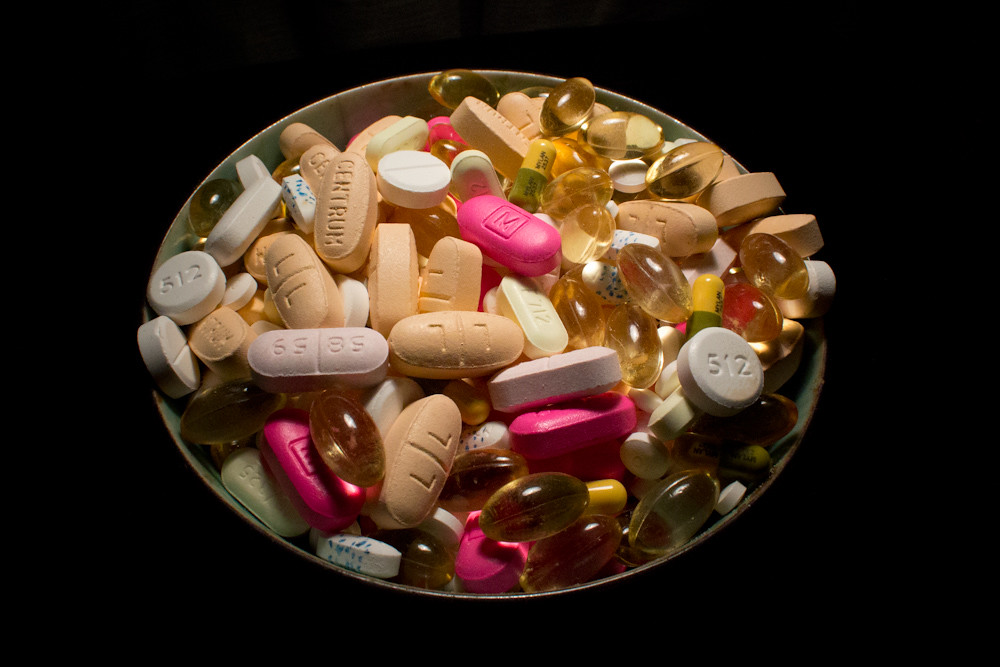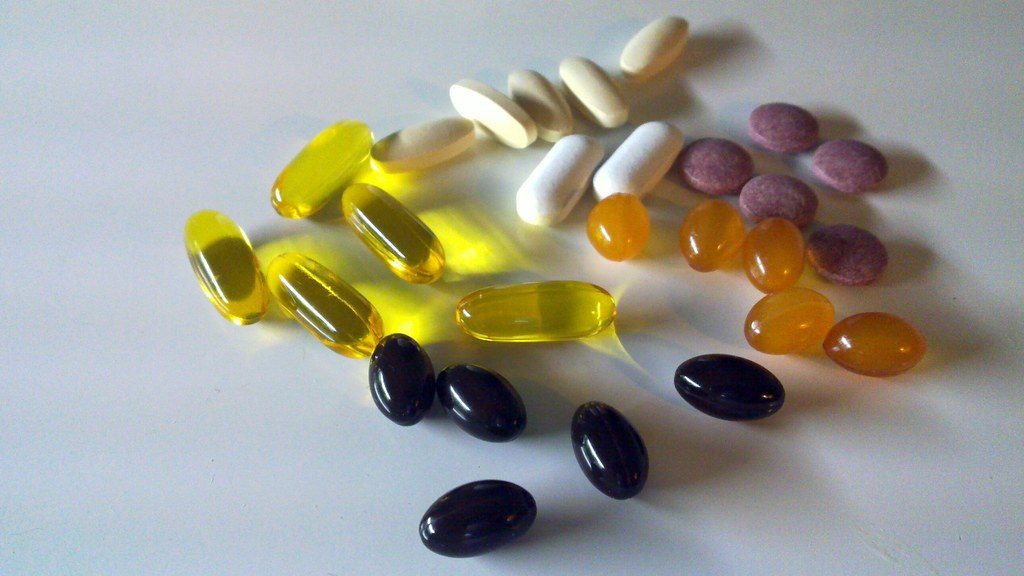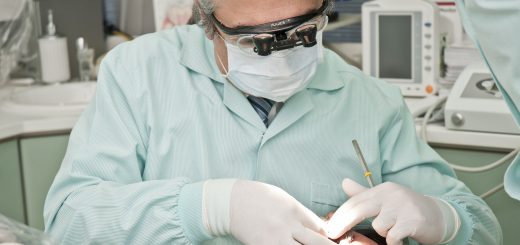What are Vitamins (Part 2)
In my previous post, we viewed the 8 types of water-soluble vitamins, their sources, the benefits of each vitamin, and how to take water-soluble vitamins for the proper absorption?
Now, in this post, we will take a look at fat-soluble vitamins.
What are fat-soluble vitamins?
Fat-soluble vitamins encompass vitamins A, D, E, and K. They are essential micronutrients for a wide range of biological processes in the body. They should be taken together with a meal that contains fat and calories. That’s because they dissolve and are better absorbed when you take them along with some fat. Therefore, if you take your fat-soluble vitamins in the morning before breakfast or with a fat-free breakfast, you could be defeating the purpose of consuming these vitamins.
We will go through useful information on the best time to take specific vitamins.

What is vitamin A?
Vitamin A is a powerful antioxidant. It helps your body to get rid of damaging free radicals and fights inflammation.
What is vitamin A good for?
Vitamin A is good for your organs and reproductive system. You get vitamin A from beta-carotene found in carrots. There are also synthetic versions of this vitamin which your physician may prescribe you to treat skin disorders like acne. Vitamin A also helps the heart, lungs, kidneys, and other organs function properly.
Food sources for vitamin A
Pumpkin, carrots, dark green leafy vegetables, and apricots.
How do you take vitamin A for maximum absorption?
Do not take vitamin A together with high doses (100mg or higher) of calcium or other minerals like magnesium, iron, and zinc as they would decrease the absorption of vitamin A. Vitamin A absorption is better absorbed when taken with vitamin E (Goncalves, Food Chem 2015).
What is vitamin D?
Vitamin D is the sunshine vitamin. Controlled sun exposure automatically makes vitamin D. Ironically, it is an efficient way to protect your skin against cancer, which is the result of excessive sun exposure.
What is vitamin D good for?
Vitamin D contributes to protecting your immune system and it works well with calcium to build your bones and helps your nerves to carry messages.
How do you take vitamin D for maximum absorption?
You can take vitamin D at any time during the day as there is no specific time of the day when it is better absorbed. However, a study found that taking vitamin D with dinner rather than breakfast increased blood levels of vitamin D by about 50%.
Despite there is no evidence that vitamin D absorption could affect sleep at night, some non-conclusive studies reported that it may decrease your body’s supply of melatonin, the hormone which informs your body that it is time to go to bed.
Food sources for vitamin D
Milk, oily fish (salmon, sardines, herring, and cod liver).
What is vitamin E
Vitamin E provides protection against cells damage and boosts your immune system.
What is vitamin E good for?
Vitamin E assists in the widening of blood vessels to prevent blood clots.
How do you take vitamin E for maximum absorption?
Vitamin E can be taken at any time of the day as there are no conclusive studies to show which time of the day would be best for intake.
Food sources for vitamin E
Vegetable oil (soybean, corn, cottonseed, and safflower), margarine, almonds and hazelnuts, sunflower seeds and fortified cereals.

What is vitamin K
Vitamin K helps to dissolve blood clots.
What is vitamin K good for?
For instance, when somebody is injured or cut, a clot forms inside one of your veins and it may not dissolve easily. Generally, an immobile blood clot won’t cause any major issue. However, this can be dangerous in situations when the blood clot breaks free and travels through the veins to the heart and lungs. It can get stuck and prevent regular blood flow.
It also helps with building strong bones, protecting you against cancer, and improving your body’s sensitivity to insulin hormone to help you fight diabetes.
How do you take vitamin K for maximum absorption?
There is no specific time of the day when you can take it. Absorption of vitamin K is reduced by the other fat-soluble vitamins (A, D, and E). Hence, not taking vitamin K together with the other fat-soluble vitamins can maximize its absorption.
Food sources for vitamin K
Turnip greens, spinach, cauliflower, cabbage and broccoli, soybean oil, cottonseed oil, canola oil, and olive oil.
(The human body also produces vitamin K through the intestines).
Hope you have enjoyed reading both part 1 & 2 of this post on vitamins. For more information and tips, do not forget to share your experience in the comment section below.




2 Responses
[…] Part 2 covers fat-soluble vitamins. […]
[…] What are Vitamins (Part 2) […]